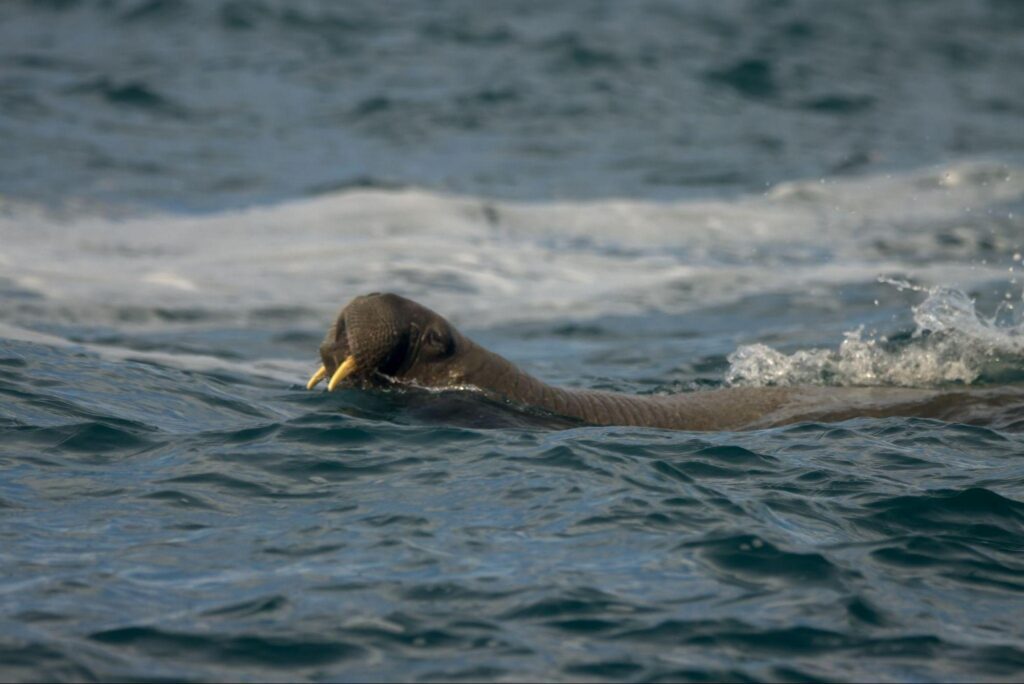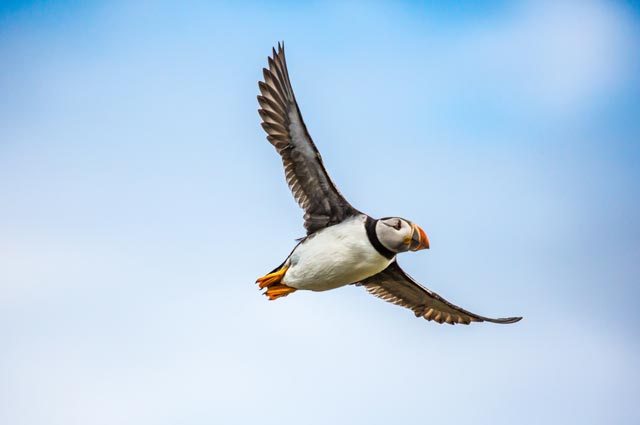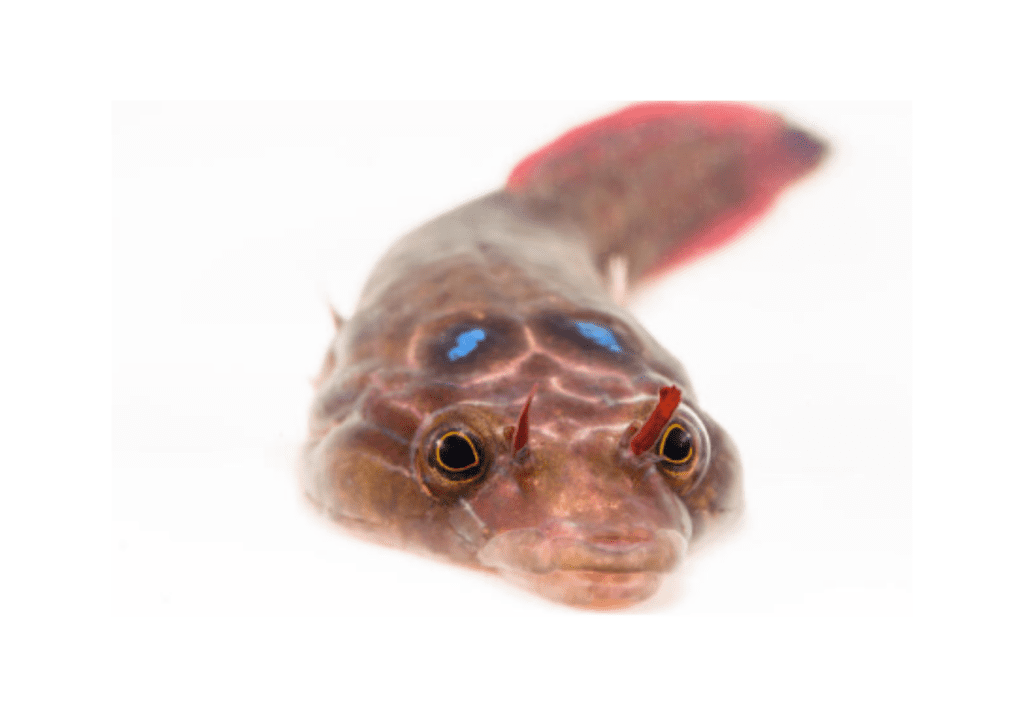On the 19th May 2021, our crew and passengers were astounded to spot Wally while out on one of our Sealife Safaris. Initially, our crew believed him to be a large male seal… as who would expect to see a WALRUS in Cornwall! As Wally popped his head further out of the water, our guide Nathaniel Barry caught sight of his tusks and called over the radio whooping with excitement. Meanwhile, the owner, Ian, was so ecstatic he started dancing and singing ‘I am the Walrus’.
Walrus Sightings UK
Walrus sightings around the UK are incredibly rare, and this is absolutely a first for Cornwall. Photo identification has confirmed our sighting to be Wally, who was last seen in Wales two days previously. Wally is likely to be from either the east coast of Greenland or Svalbard, and is believed to have arrived in the UK after falling asleep on a drifting iceberg. He is a juvenile male, thought to be about 2 – 3 years old. While he is a long way from home, he is nice and healthy and has put on weight since he first arrived in Wales back in March.
Wally has been reported to be a bit of a mischief-maker, capsizing a dinghy in Tenby Harbour before trying to get on board, making himself at home on the Tenby lifeboat station slipway, and even balancing a starfish on his nose!

There are only about 20,000 walrus’ in the North Atlantic. They are a protected species and are under increasing threat from climate change. Walrus’ depend on sea ice, which they use as a platform for resting, feeding, and sheltering from storms and predators. As the sea ice retreats, there are serious concerns for this species as they are losing more and more of their habitat.
The British Divers Marine Life Rescue (BDMLR) and the Cornwall Wildlife Trust are keeping an eye out for our favourite Arctic visitor. They have made it a priority to ensure that his visit to Cornwall is a positive one, without any disturbance or harassment.
If you’re lucky enough to spot him, please make sure to keep your distance and give him plenty of space to feed and rest! As excited as we are to have seen him, we hope that he finds his way back home soon ?
Fun Walrus Facts!
- Walrus’ are well known for their large tusks… but did you know these keep growing throughout their whole lives! Their tusks can grow as long as 1m (3 ft) and are a symbol of age, sex and social status.
- Walruses use their tusks to climb onto ice floes, defend themselves against predators, fight for mates, and break breathing holes into the ice.
- Walrus’ love shellfish! They can dive as far as 90 metres underwater and use their whiskers to find shellfish in the dark.
- Baby Walrus (known as calves) are born on sea ice and then nursed in the water. The baby will hang upside down in the water while being cradled by the mother’s flippers. When they reach about five months of age, the calves will start driving and feeding on shellfish.
Walrus FAQs
Where do walruses live?
Walruses live in predominantly in the Arctic and sub- arctic regions of the world (close to the North Pole). So it’s even more exciting to see one in Cornish waters.
Is a walrus a mammal?
Yes, walruses are mammals and members of the “pinniped” family which also includes seals and sealions
How big is a walrus?
Walrus are huge – they weigh a tonne… literally! Male walrus grow up to about 3m and can weigh as much as 1,500kg. Female walrus are generally smaller, growing up to about 2.5m and weighing around 700kg.
Do walrus have teeth?
Yes, they do. Walruses are famous for their which tusks are modified canine teeth, however, they do have more teeth! The number can vary but most walruses have 18 additional teeth as well as their long tusks.
How many clams can a walrus eat in a day?
A lot! They have been known to eat up to 6,000 clams in one feeding session.
How fast can a walrus swim?
Walruses swim on average about 7 kph but can reach speeds of up to 35 kph in shorts bursts if needed.
Why are walrus populations declining?
Walrus’ depend on sea ice, which they use as a platform for resting, feeding, and sheltering from storms and predators. The sea ice is retreating rabidly due to climate change which means there are serious concerns for this species as they are losing more and more of their habitat.


